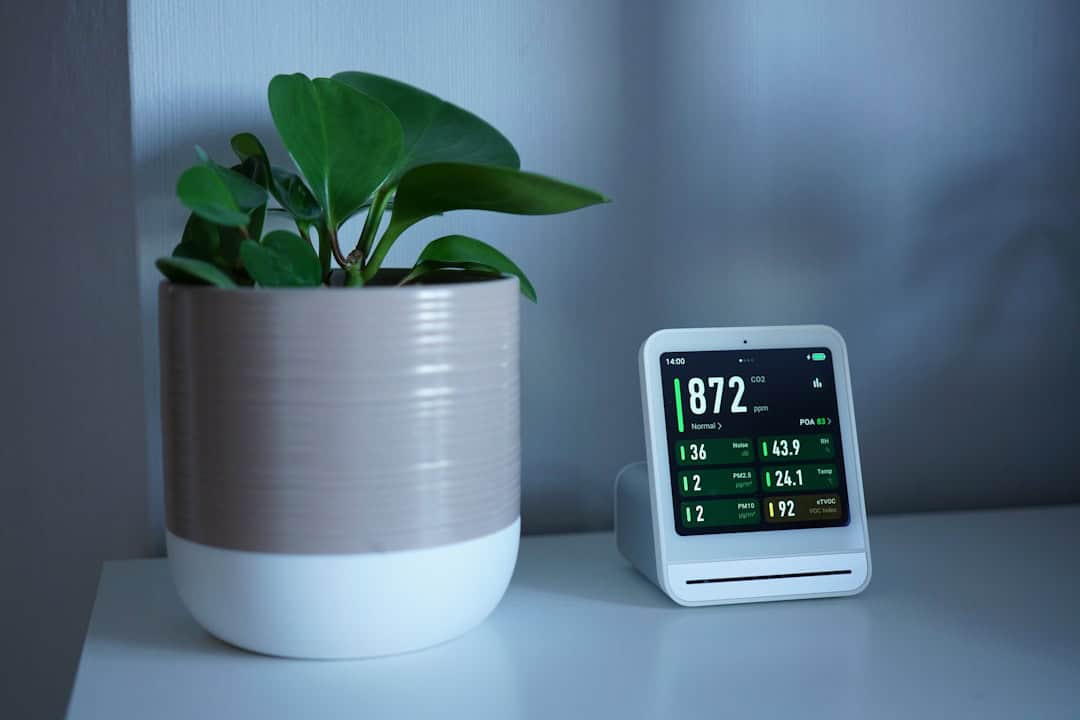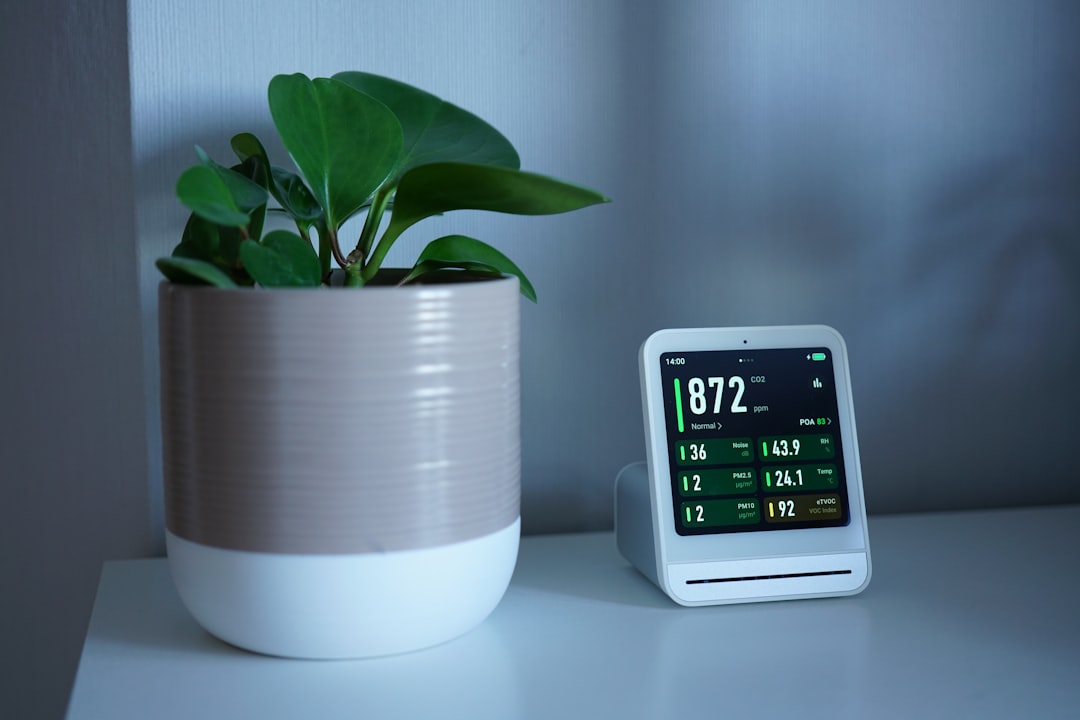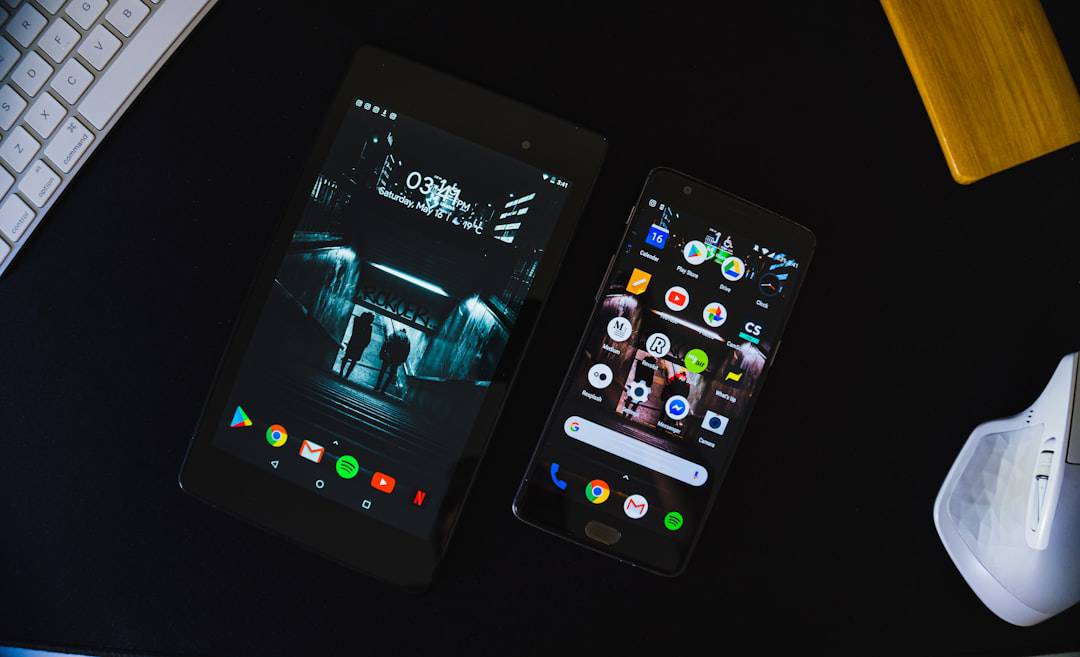In the era of smart homes and energy-conscious living, the smart thermostat has emerged as a vital component in enhancing indoor comfort while optimizing energy consumption. Among the many features these devices offer, two stand out for their ability to truly personalize the home’s climate: zoning and sensors. These functionalities are not only changing how we control temperature but are also redefining our expectations for residential climate control.
Understanding Smart Thermostats
A smart thermostat is an internet-connected device that allows homeowners to control their HVAC systems remotely via smartphones, tablets, or voice assistants. These devices often come with learning capabilities that adapt to user behaviors and patterns to automate heating and cooling schedules.
However, as advanced as these features are, modern smart thermostats go a step further with dynamic zoning and sensor integration, offering a more granular and efficient method of indoor climate control.
The Concept of Zoning
Zoning refers to the division of a home or building into distinct areas or “zones,” each of which can be individually heated or cooled. Traditional HVAC systems rarely allow for specific room temperature customization unless coupled with a zoning system.
Zoning requires the use of multiple thermostats or sensor-based controls linked to motorized dampers within the ductwork. These dampers open or close based on the desired temperature for each zone, directing airflow where it’s needed most.
Smart thermostats with zoning capabilities offer:
- Increased comfort: Different rooms maintain the temperature that best suits the people using them.
- Energy savings: Heating or cooling unused zones is minimized, reducing energy waste.
- Lifestyle customization: Zones can be adjusted based on time of day, occupancy, or seasonal habits.

For example, a family might prefer cooler temperatures in the bedrooms at night and a warmer temperature in the living room during the day. With zoning, the system can automate these preferences without requiring constant manual adjustments.
The Power of Smart Sensors
Another crucial component in expanding smart thermostat functionality is the use of smart temperature and motion sensors. These sensors work in tandem with the thermostat to provide a real-time understanding of temperature fluctuations and occupancy in different rooms.
How do sensors enhance climate control?
- Room-based temperature measurement: Sensors allow the system to identify hot or cold spots in a home, rather than relying solely on a centrally located thermostat.
- Occupancy detection: Motion sensors help detect when people are in a room, allowing the system to adjust temperature based on actual usage.
- Learning and automation: Over time, smart systems can learn patterns of movement and set climate rules accordingly, creating a more automated experience.
In practice, this means that a room that is seldom used—such as a guest bedroom—won’t receive unnecessary heating or cooling. When sensors detect that the room is being used, the system can quickly adjust to accommodate.
Integrated Zoning and Sensor Ecosystems
When combined, zoning and sensors form an intelligent ecosystem capable of managing household climate with exceptional precision. Temperatures in each zone are determined not only by user preferences but also by data from sensors that monitor occupancy and ambient conditions.
Leading smart thermostat brands—such as Ecobee and Nest—offer compatible sensors that sync seamlessly with central thermostats, fostering a multi-zone feedback loop. This feedback enables the thermostat to make decisions based not only on time-based schedules but also on real-time conditions.

This integrated approach offers both comfort and efficiency. For example, if a person is working in a home office during the day, the system heats only the office and not the entire home. Later, when the family gathers in the living room, sensors recognize the shift and redirect comfort accordingly.
Installation and Setup Considerations
Setting up zoning and sensors requires some planning. Zoning typically demands a professional HVAC technician to install and wire motorized dampers into existing ductwork and connect them to the smart thermostat.
On the other hand, temperature and occupancy sensors are generally wireless and battery-operated, making them easy to install throughout the home without extensive work. These can be mounted on walls or simply placed on shelves.
Key considerations include:
- Device compatibility: Not all thermostats support zoning or remote sensors, so it’s vital to check specifications before purchasing.
- Layout complexity: Larger homes or those with unconventional layouts may require more sensors or thermostats to be effective.
- Connectivity and power: Smart sensors may require Wi-Fi or Bluetooth, and batteries may need periodic replacement.
Benefits Beyond Comfort
While the immediate appeal of zoning and sensors is enhanced comfort, the broader implications are just as compelling. With better control over energy usage, homeowners often see significant reductions in their monthly utility bills.
Moreover, zoning systems can help extend the life of an HVAC unit. By reducing the frequency and duration of full-system use, less wear and tear occurs on the equipment.
Future of Temperature Automation
The future of smart home technology lies beyond simple automation. As artificial intelligence and machine learning become more advanced, the smart thermostat will become increasingly predictive. Integrated with sensors and zoning, it could begin to adapt even before changes in occupancy occur, using factors like weather forecasts, calendar schedules, or even GPS tracking from smartphones.
This predictive adaptation promises not only unprecedented comfort but also an ultra-efficient home climate system that essentially manages itself.

Conclusion
Zoning and sensor integration in smart thermostats present a compelling solution to the age-old challenge of personalized indoor comfort. They offer an intelligent, energy-saving approach to temperature control that adapts to daily routines and preferences while helping to reduce HVAC operation costs and energy consumption.
As homes become smarter, investing in a zoning and sensor-equipped thermostat system is no longer a luxury—it’s a practical step toward sustainable and customized living.
Frequently Asked Questions (FAQ)
-
What is the difference between a smart thermostat and a regular thermostat?
A smart thermostat allows remote control via mobile apps and integrates learning algorithms, sensors, or zoning features, unlike a regular thermostat which is usually manual or programmable with limited functions. -
Can I add zoning to an existing HVAC system?
Yes, but it typically requires professional installation of motorized dampers and rewiring to accommodate multiple thermostats or zone controls. -
Do I need a sensor for each room?
Not necessarily. Key living areas and frequently used rooms should have sensors to maximize comfort and efficiency. Unused areas do not require constant monitoring. -
Are smart thermostats with zoning expensive?
While initial costs can be higher due to installation and equipment needs, the long-term energy savings often outweigh upfront expenses. -
Can sensors detect both temperature and motion?
Many modern sensors detect both temperature and occupancy using infrared motion sensors, allowing the system to intelligently adjust temperature only in occupied rooms.